
# 3185e - 1998 32c Celebrate the Century - 1930s: FDR's New Deal
32¢ FDR’s New Deal
Celebrate the Century – 1930s
City: Cleveland, OH
Quantity: 12,533,000
Printed By: Ashton–Potter (USA) Ltd
Printing Method: Lithographed, engraved
Perforations: 11.5
Color: Multicolored
Works Progress Administration
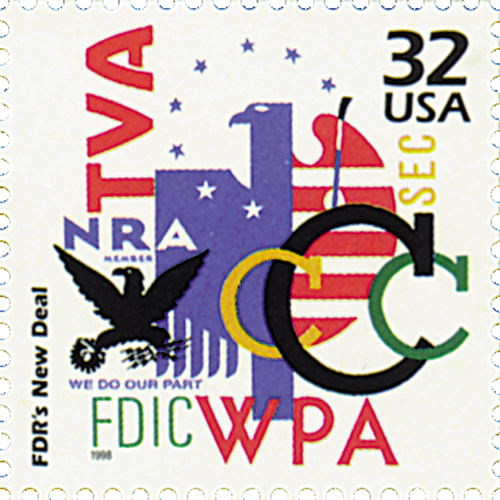
On May 6, 1935, President Franklin D. Roosevelt issued Executive Order 7034, establishing the Works Progress Administration.
Roosevelt won a resounding presidential victory in 1932 with his contagious optimism and promise of a “new deal.” On Roosevelt’s Inauguration Day, 25% of the workforce was unemployed, farm prices and industrial production had dropped by more than half, and two million people were homeless. The nation was in the midst of a bank panic, fueled largely by speculation, which led FDR to proclaim, “The only thing we have to fear is fear itself.”
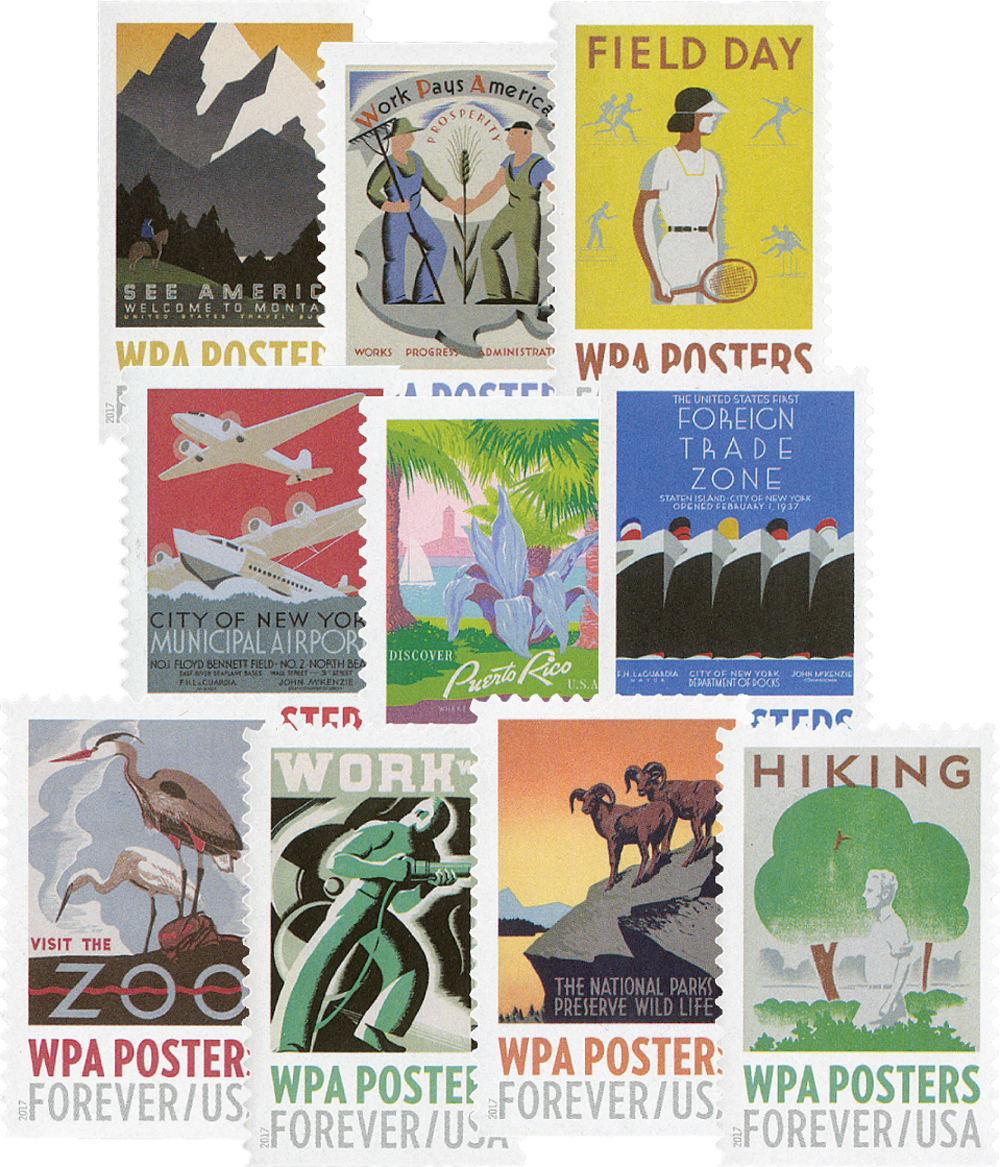
Roosevelt moved quickly, implementing several drastic policies in his first hundred days in office. Under his leadership, Congress passed a series of landmark bills that expanded the role of the Federal government and placed it in both the economy and people’s lives. Among these programs was the Federal Emergency Relief Administration, which provided direct assistance to Americans.
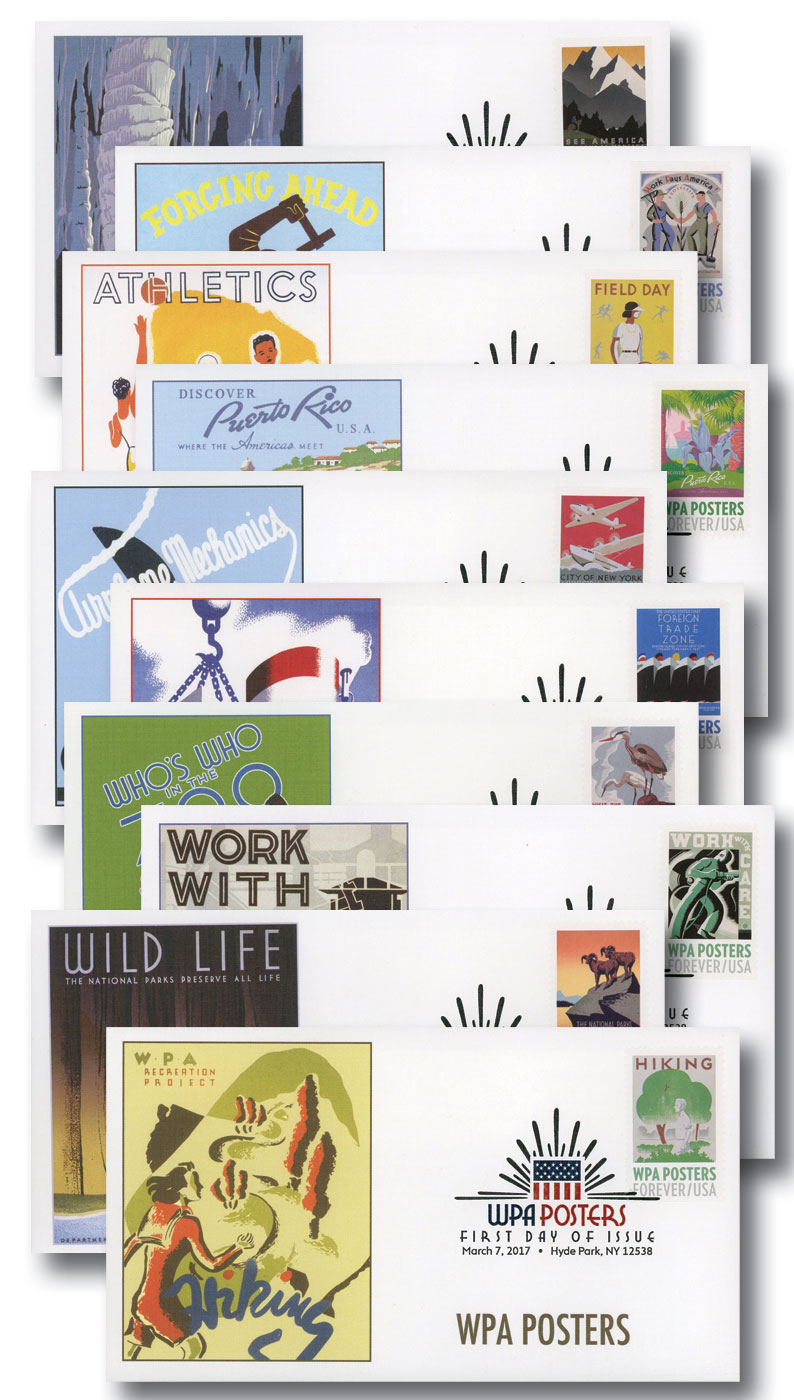
By 1935, Roosevelt wanted to move away from direct assistance and toward providing new jobs for the unemployed. In January, he stated, “The Federal Government must and shall quit this business of relief. I am not willing that the vitality of our people be further sapped by the giving of cash, of market baskets, of a few hours of weekly work cutting grass, raking leaves or picking up papers in public parks. We must preserve not only the bodies of the unemployed from destruction but also their self-respect, their self-reliance and courage, and determination.”
On January 21, Congress introduced a joint resolution, called the Emergency Relief Appropriation Act of 1935. Roosevelt signed it into law on April 8 and established the Works Progress Administration (WPA) through Executive Order 7034 on May 6, 1935. The WPA replaced the Federal Emergency Relief Administration and would begin providing aid through public works programs rather than direct assistance.
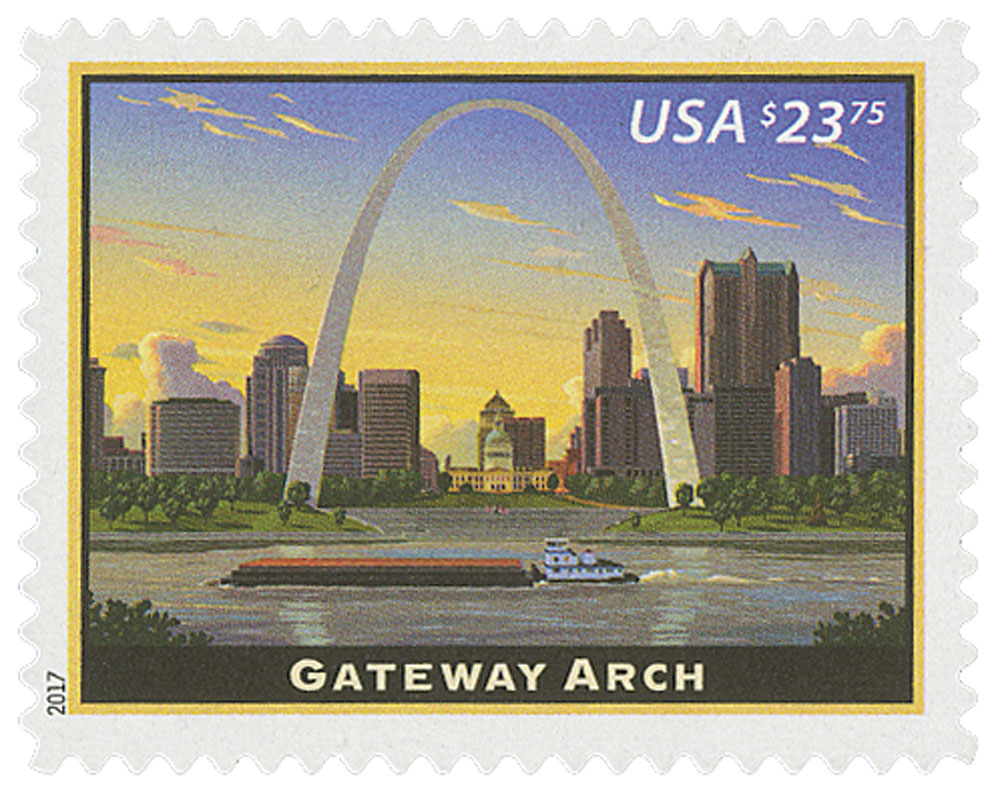
The WPA was made up of several different divisions, including the Division of Engineering and Construction, which built airports, dams, highways, and sanitation systems. There was also the Division of Professional Service Projects, which handed white-collar projects such as education and recreation programs as well as art projects. Other divisions included Finance, Information, Investigation, Statistics, Project Control, Employment, Safety, Supply, and Training and Reemployment.
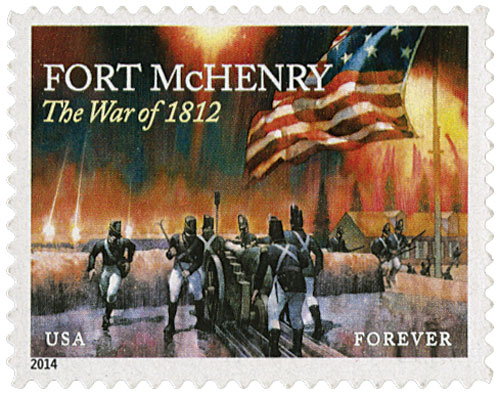
Among these ambitious programs was Federal Project Number One. Federal Project Number One was a $27 million program aimed at creating jobs for thousands of artists, musicians, actors, and writers. The largest of these projects was the Federal Art Project. Out-of-work artists were paid about $23 a week to create murals, paintings, sculptures, photographs, theater set designs, and other art forms. These artists also created over 100 community art centers to both display and teach their craft. A number of now-famous artists were able to survive the Depression thanks to this program, including Jackson Pollock, Willem de Kooning, Mark Rothko, and Arshile Gorky. In all, the Federal Art Project employed some 10,000 artists and yielded over 200,000 separate works of art. These artists also produced thousands of posters to promote WPA projects (as pictured on the US stamps above).
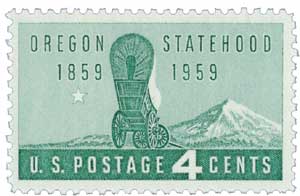
Over the course of eight years, WPA projects employed 8.5 million people. As a result of these projects, nearly every community in the country had a new park, bridge, or school. In all, there were 40,000 new and 85,000 improved buildings. The WPA was dissolved in June 1943 as World War II created many more jobs.
Click here for a neat website that has info about nearly every New Deal and WPA project.
32¢ FDR’s New Deal
Celebrate the Century – 1930s
City: Cleveland, OH
Quantity: 12,533,000
Printed By: Ashton–Potter (USA) Ltd
Printing Method: Lithographed, engraved
Perforations: 11.5
Color: Multicolored
Works Progress Administration

On May 6, 1935, President Franklin D. Roosevelt issued Executive Order 7034, establishing the Works Progress Administration.
Roosevelt won a resounding presidential victory in 1932 with his contagious optimism and promise of a “new deal.” On Roosevelt’s Inauguration Day, 25% of the workforce was unemployed, farm prices and industrial production had dropped by more than half, and two million people were homeless. The nation was in the midst of a bank panic, fueled largely by speculation, which led FDR to proclaim, “The only thing we have to fear is fear itself.”

Roosevelt moved quickly, implementing several drastic policies in his first hundred days in office. Under his leadership, Congress passed a series of landmark bills that expanded the role of the Federal government and placed it in both the economy and people’s lives. Among these programs was the Federal Emergency Relief Administration, which provided direct assistance to Americans.

By 1935, Roosevelt wanted to move away from direct assistance and toward providing new jobs for the unemployed. In January, he stated, “The Federal Government must and shall quit this business of relief. I am not willing that the vitality of our people be further sapped by the giving of cash, of market baskets, of a few hours of weekly work cutting grass, raking leaves or picking up papers in public parks. We must preserve not only the bodies of the unemployed from destruction but also their self-respect, their self-reliance and courage, and determination.”
On January 21, Congress introduced a joint resolution, called the Emergency Relief Appropriation Act of 1935. Roosevelt signed it into law on April 8 and established the Works Progress Administration (WPA) through Executive Order 7034 on May 6, 1935. The WPA replaced the Federal Emergency Relief Administration and would begin providing aid through public works programs rather than direct assistance.

The WPA was made up of several different divisions, including the Division of Engineering and Construction, which built airports, dams, highways, and sanitation systems. There was also the Division of Professional Service Projects, which handed white-collar projects such as education and recreation programs as well as art projects. Other divisions included Finance, Information, Investigation, Statistics, Project Control, Employment, Safety, Supply, and Training and Reemployment.

Among these ambitious programs was Federal Project Number One. Federal Project Number One was a $27 million program aimed at creating jobs for thousands of artists, musicians, actors, and writers. The largest of these projects was the Federal Art Project. Out-of-work artists were paid about $23 a week to create murals, paintings, sculptures, photographs, theater set designs, and other art forms. These artists also created over 100 community art centers to both display and teach their craft. A number of now-famous artists were able to survive the Depression thanks to this program, including Jackson Pollock, Willem de Kooning, Mark Rothko, and Arshile Gorky. In all, the Federal Art Project employed some 10,000 artists and yielded over 200,000 separate works of art. These artists also produced thousands of posters to promote WPA projects (as pictured on the US stamps above).

Over the course of eight years, WPA projects employed 8.5 million people. As a result of these projects, nearly every community in the country had a new park, bridge, or school. In all, there were 40,000 new and 85,000 improved buildings. The WPA was dissolved in June 1943 as World War II created many more jobs.
Click here for a neat website that has info about nearly every New Deal and WPA project.









